1. Alaska

Alaska isn’t just a state—it’s a last frontier for some of the most jaw-dropping wildlife encounters in the U.S. If you’ve ever dreamed of locking eyes with a grizzly bear fishing for salmon or watching a pod of orcas slicing through icy waters, this is the place to be. Denali National Park alone is home to wolves, caribou, moose, and golden eagles, all thriving in an untouched wilderness. And let’s not forget the massive populations of bald eagles soaring above the Inside Passage or the adorable sea otters floating along the coast.
What makes Alaska even more special is its sense of vastness—there are more animals here than people, and that’s exactly how nature intended it. But with climate change threatening Arctic ecosystems and melting glaciers disrupting the food chain, naturalists warn that these breathtaking encounters may become rarer. If you want to see wildlife in its most raw and unfiltered form, Alaska is the ultimate destination, but it’s also a stark reminder of how fragile these ecosystems truly are.
2. Montana
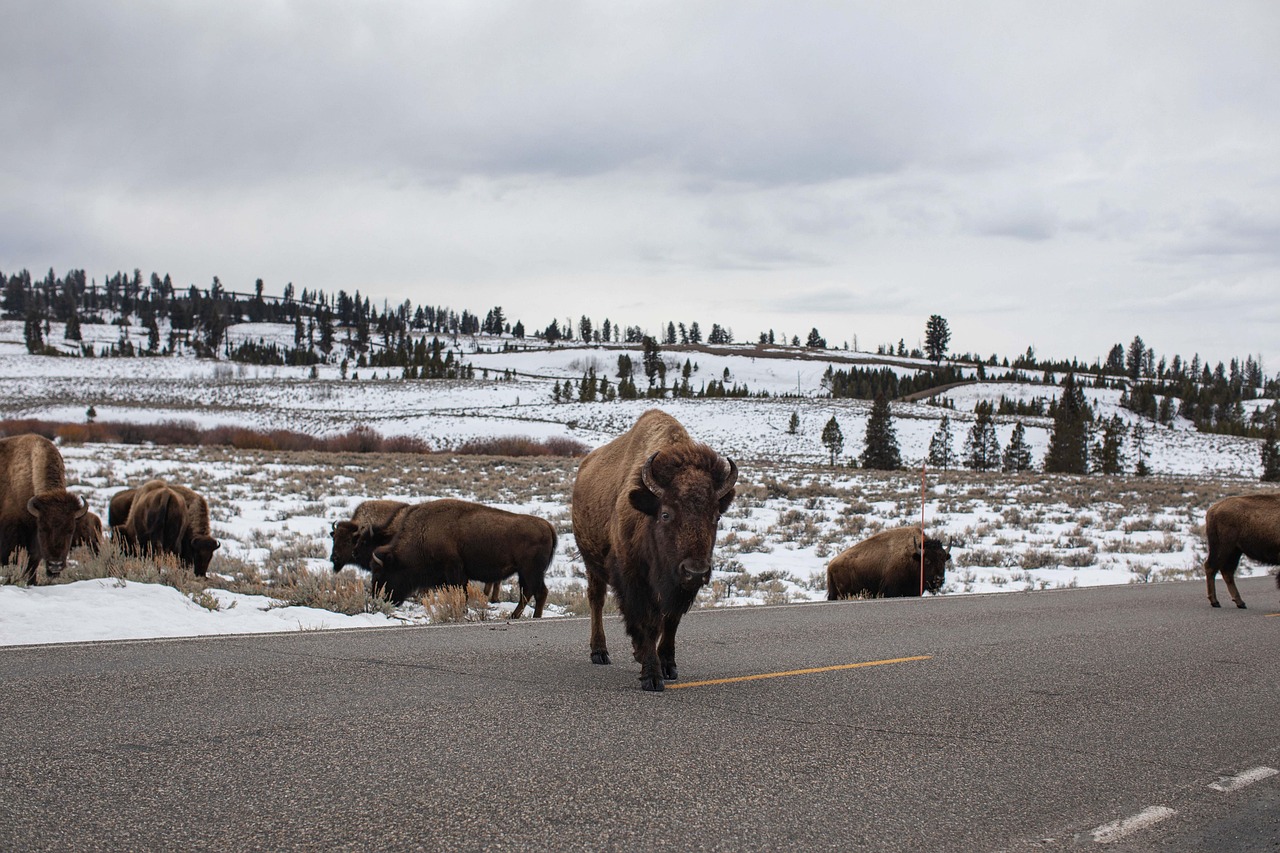
Montana feels like a page torn straight out of an old frontier novel, where herds of bison still graze across sprawling plains and grizzly bears rule the mountains. Yellowstone National Park, which spills into Montana, is a haven for wildlife watchers hoping to see wolves stalking through the Lamar Valley or pronghorn antelope sprinting across the open range. The state’s vast wilderness areas also provide a home to mountain goats, bighorn sheep, and the elusive wolverine.
Montana’s commitment to conservation has played a huge role in keeping these populations stable, especially when it comes to reintroducing predators like wolves. While some local ranchers have pushed back against these efforts, ecologists argue that wolves play a critical role in maintaining a balanced ecosystem. If you’re searching for an authentic wildlife experience—one that echoes the untamed spirit of the West—Montana won’t disappoint.
3. Florida

Florida might be known for its theme parks and party beaches, but step away from the tourist traps, and you’ll find a state teeming with rare and unusual wildlife. The Everglades, often called the “River of Grass,” is home to everything from alligators and crocodiles (one of the only places in the world where they coexist) to the elusive Florida panther. Birdwatchers can spot roseate spoonbills, wood storks, and even the prehistoric-looking limpkin wading through the wetlands.
But Florida’s wildlife is at a crossroads. Rising sea levels, habitat destruction, and invasive species like Burmese pythons are wreaking havoc on native ecosystems. Conservationists are in a race against time to save the state’s most iconic species, especially the gentle West Indian manatee, which is struggling with pollution and habitat loss. Despite these challenges, Florida remains one of the most biodiverse states in the country—a place where you can still kayak alongside a manatee or watch a bald eagle snatch a fish from the water.
4. Wyoming
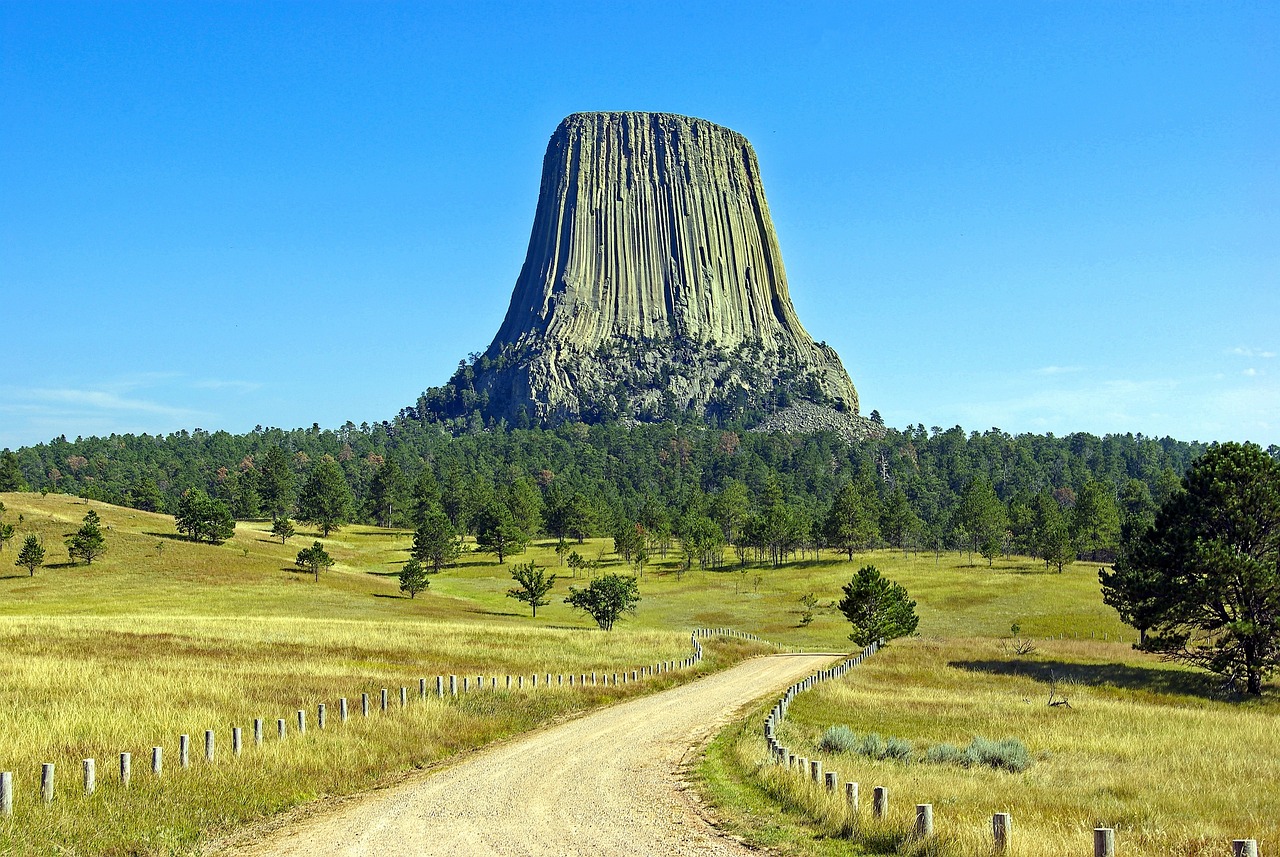
Wyoming is home to some of the most pristine landscapes in the U.S., and with those landscapes come an extraordinary variety of wildlife. Grand Teton and Yellowstone National Parks are packed with grizzly bears, bison, elk, and wolves, offering visitors a front-row seat to some of nature’s most thrilling spectacles. Lamar Valley in Yellowstone is often called “America’s Serengeti” because of the sheer density of large mammals roaming its vast meadows.
The state’s conservation efforts have been largely successful, particularly in bringing back the wolf population after their reintroduction in the 1990s. However, like much of the West, Wyoming is facing challenges due to habitat loss and climate change. Wildfires, longer droughts, and increasing human activity threaten to push some species further into the backcountry, making sightings less frequent. But for now, Wyoming remains one of the best places in the country to witness true, untamed wilderness.
5. Colorado

Colorado isn’t just for skiers—it’s a paradise for wildlife watchers who know where to look. The towering Rocky Mountains are home to elk, black bears, and mountain lions, while the state’s grasslands support herds of pronghorn antelope, which are among the fastest land animals in North America. In the winter, you can spot bald eagles perched along frozen lakes, while in the summer, moose wade through alpine meadows.
What makes Colorado stand out is its accessibility. Unlike some other wilderness-heavy states, Colorado offers easy access to wildlife, with scenic byways and hiking trails that let you witness these creatures up close. But as the state’s population continues to grow, urban expansion is creeping into wildlife habitats. Mountain lions are increasingly seen in suburban areas, and some species are struggling to adapt to a more fragmented landscape. Still, for now, Colorado remains a must-visit for those hoping to see the wild side of the Rockies.
6. Washington
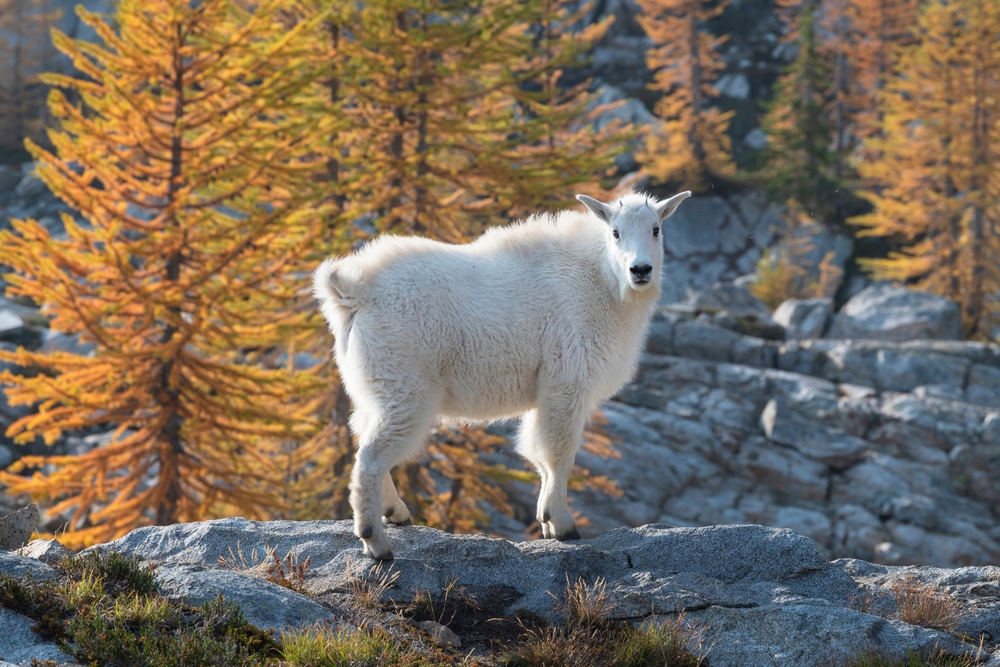
Washington State offers one of the most diverse wildlife experiences in the country, with dense rainforests, rugged coastlines, and towering peaks all packed into one state. Olympic National Park alone is home to black bears, mountain goats, and the rare Roosevelt elk, while the Puget Sound teems with orcas, sea lions, and harbor seals. If you’re lucky, you might even spot a bald eagle swooping down for a meal or a Pacific gray whale migrating along the coast.
But Washington’s wildlife is under pressure. The state’s orca population has been struggling due to declining salmon numbers, and habitat destruction is making it harder for large mammals to find enough space to roam. Conservationists are working to restore vital ecosystems, but it’s an uphill battle. Still, for wildlife lovers, Washington remains a dream destination—a place where nature still feels wild, even as the modern world presses in.
7. California
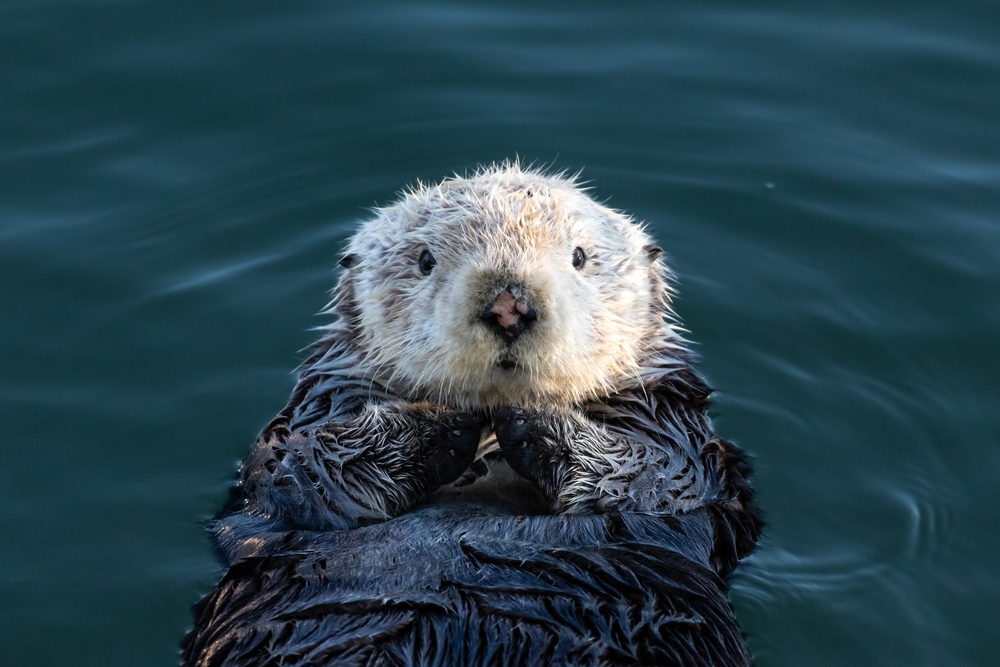
California is a wildlife jackpot, boasting everything from desert bighorn sheep in Death Valley to bobcats prowling through the redwoods. The state’s geographical diversity—ranging from mountains to coastline—creates habitats for an astonishing variety of animals. The Channel Islands are home to the adorable island fox, while the Sierra Nevada mountains shelter black bears, mule deer, and the rare Sierra Nevada red fox. And, of course, the Pacific coastline is famous for its marine life, including migrating gray whales and playful sea otters.
Despite its incredible biodiversity, California’s wildlife is facing growing threats. Urban expansion, drought, and wildfires are disrupting ecosystems at an alarming rate. The iconic monarch butterfly population has plummeted, and mountain lions are struggling as their habitats shrink. Naturalists emphasize that while California remains a top wildlife-watching destination, the state is also at the forefront of conservation challenges. If you want to see its most iconic species in their natural habitat, there’s no time to waste.
8. Minnesota

Minnesota might not be the first place that comes to mind for wildlife watching, but this northern state is a hidden gem for nature lovers. The Boundary Waters Canoe Area is home to one of the largest populations of gray wolves in the lower 48 states, while moose roam freely through the vast boreal forests. The state’s lakes and wetlands are also a paradise for birdwatchers, with bald eagles, great blue herons, and the hauntingly beautiful call of the common loon filling the air.
Minnesota’s commitment to conservation has helped keep many of these species thriving, but climate change is taking its toll. Warmer temperatures are affecting moose populations, and invasive species threaten the delicate balance of its aquatic ecosystems. Still, if you’re looking for an off-the-beaten-path wildlife experience with a chance to see one of the most intact wolf populations in the U.S., Minnesota is the place to go.
9. Arizona
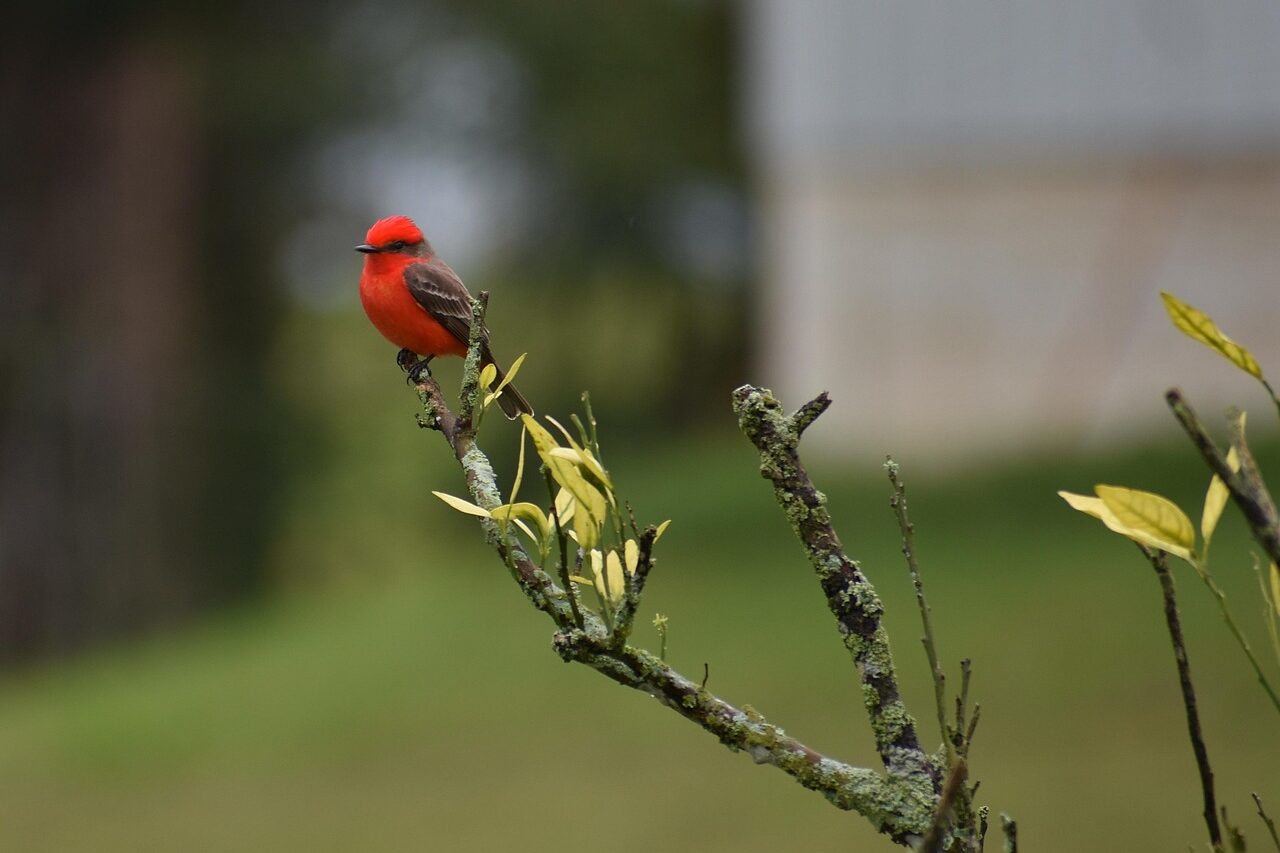
Arizona’s scorching deserts might seem like an unlikely place for wildlife, but this state is full of surprises. From the elusive jaguar occasionally spotted near the Mexican border to the iconic roadrunner darting through the cacti, Arizona’s Sonoran Desert is brimming with unique species. The state is also home to Gila monsters, one of the only venomous lizards in North America, and the stunning vermilion flycatcher, a bright red bird that’s a favorite among birdwatchers.
What makes Arizona so special is its ability to sustain life in such an extreme environment. However, habitat loss and human encroachment are putting pressure on many of its rare species. The Mexican gray wolf, once nearly wiped out, is slowly making a comeback thanks to conservation efforts. Naturalists say that while Arizona remains one of the best places in the country to witness desert wildlife, its fragile ecosystems need protection to ensure future generations can experience the same wonders.
10. Maine

Maine is a dream destination for anyone looking to experience the wild side of New England. Moose sightings are almost guaranteed in Baxter State Park, and the coastline is teeming with puffins, seals, and even the occasional whale. The dense forests of Acadia National Park provide shelter for black bears, bobcats, and a variety of songbirds that make their home in the state’s untouched wilderness.
Maine has managed to maintain much of its natural beauty, but conservationists warn that warming temperatures are affecting its ecosystems. Moose populations are struggling due to an explosion of winter ticks, while the once-thriving puffin colonies are facing food shortages. Despite these challenges, Maine remains a top destination for wildlife watchers hoping to see large mammals and seabirds in one of the most scenic states in the country.
11. South Dakota – Bison, Prairie Dogs, and More

South Dakota is often overshadowed by its neighboring states, but for those in the know, it’s a wildlife paradise. Custer State Park offers one of the best places in the country to see massive herds of bison, while the Badlands are home to bighorn sheep, swift foxes, and prairie dogs. If you’re lucky, you might even spot a burrowing owl peeking out from one of the prairie dog towns.
South Dakota’s wildlife remains relatively stable compared to other states, but there are still concerns. The black-footed ferret, once thought to be extinct, has been brought back through conservation programs but remains one of the rarest mammals in North America. Naturalists say that while South Dakota offers some of the most accessible and rewarding wildlife experiences in the country, protecting its grasslands will be key to ensuring that species like bison and pronghorn continue to thrive.
12. North Carolina
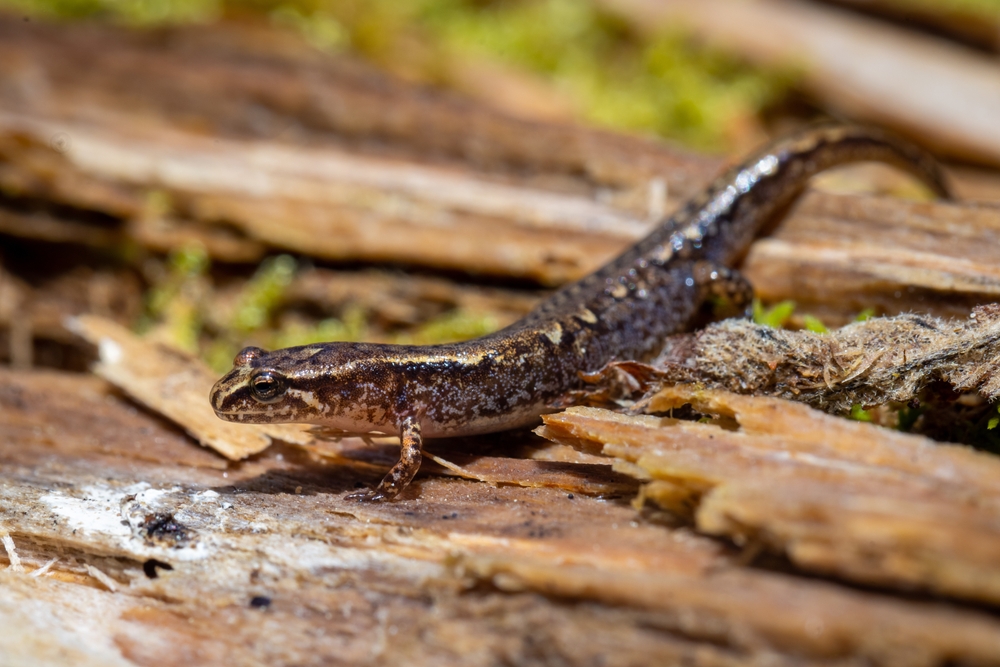
North Carolina is one of the most ecologically diverse states in the U.S., stretching from the Appalachian Mountains to the Atlantic coast. The Great Smoky Mountains National Park is home to black bears, elk, and an incredible variety of salamanders, earning it the nickname “Salamander Capital of the World.” Meanwhile, the Outer Banks provide habitat for wild horses, sea turtles, and migrating shorebirds.
Despite its rich biodiversity, North Carolina’s wildlife is facing increasing threats. Rising sea levels are putting coastal habitats at risk, while development in the mountains is fragmenting key ecosystems. Naturalists warn that while North Carolina remains one of the best places to see a wide variety of animals, ongoing conservation efforts are crucial to preserving its unique wildlife. If you’re looking for a state where you can see everything from bears to wild horses in a single trip, North Carolina should be at the top of your list.
The following dives into states where you’ll see almost nothing!
1. Illinois – The Vanishing Prairie Wildlife

Illinois was once a land of endless tallgrass prairies, home to bison, elk, and countless bird species. Today, however, those sweeping landscapes have been almost entirely replaced by farmland and urban sprawl. The prairie chickens, once so numerous that their booming calls filled the air, are now struggling to survive in tiny fragments of remaining grassland. Even white-tailed deer and red foxes, which have adapted well to human development in other areas, are seeing their numbers dwindle in parts of Illinois.
Naturalists say habitat destruction is the biggest culprit. With less than 1% of the state’s original prairies left, species that once thrived here are disappearing at an alarming rate. The loss of wetlands has also impacted amphibians like the cricket frog, and even common songbirds like the eastern meadowlark are harder to find. While conservationists are working to restore prairie ecosystems, Illinois remains one of the states where wildlife sightings are becoming increasingly rare.
2. Rhode Island – A Small State with a Big Problem
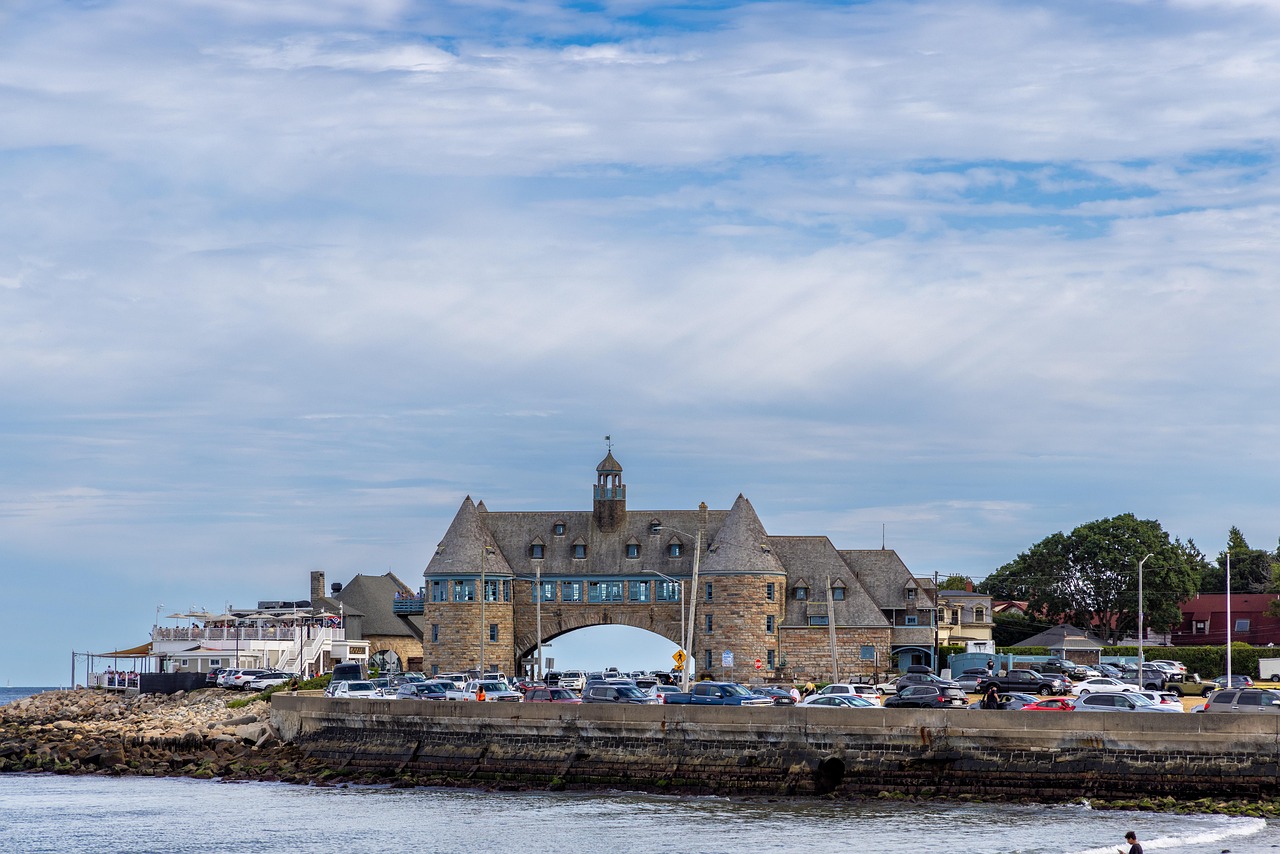
Rhode Island may be the smallest state in the U.S., but that doesn’t mean it’s immune to major environmental challenges. The state’s coastline, once a haven for shorebirds and marine life, is under increasing pressure from pollution and rising sea levels. Horseshoe crabs, which have been around since the time of the dinosaurs, are disappearing as their spawning grounds are destroyed. Meanwhile, once-common species like the New England cottontail rabbit have become so rare that they are now the focus of intensive conservation efforts.
For a state surrounded by water, Rhode Island is also seeing a troubling decline in marine wildlife. Overfishing and habitat loss have made species like the winter flounder and lobster far less abundant than they once were. Naturalists warn that without serious intervention, Rhode Island could lose much of the biodiversity that once made its coastal ecosystems so vibrant.
3. Kansas – The Silent Plains

Kansas is another state that has seen its wildlife dwindle due to the loss of its native prairies. The days when millions of bison roamed freely are long gone, and while conservation efforts have brought them back in small numbers, many other species haven’t been so lucky. The lesser prairie chicken, a once-abundant bird known for its elaborate mating dances, is now listed as a threatened species due to habitat destruction. Even jackrabbits, once a common sight across the open plains, have become harder to find.
One of the biggest challenges in Kansas is the spread of industrial agriculture, which has left little room for wildlife. Pesticides have decimated insect populations, leading to declines in birds that rely on them for food. While Kansas still has some incredible wildlife refuges, naturalists say the overall trend is worrying—if current land-use patterns continue, the state’s already fragile ecosystems could collapse even further.
4. Connecticut – A Suburbanized State Losing Its Wild Side
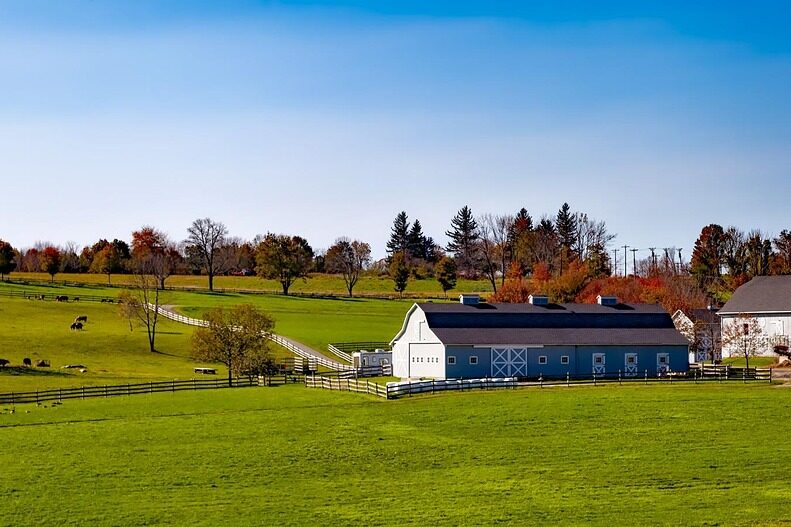
Connecticut was once filled with dense forests and thriving wetlands, but urban expansion has taken a toll on its native wildlife. Bobcats and fishers, two of the state’s top predators, have seen their populations drop due to habitat fragmentation. Even the state’s waterways, once teeming with fish, are suffering—dams and pollution have made it harder for species like Atlantic salmon to survive. The coastline is also seeing fewer shorebirds as development continues to encroach on critical nesting areas.
Another issue plaguing Connecticut is the decline of its pollinators. Honeybees and monarch butterflies, which were once abundant in backyards and gardens, are becoming rare sights. Experts say that while conservation groups are working to restore some of the state’s lost habitats, the damage from decades of urban sprawl will be difficult to reverse.
5. Ohio – A Vanishing Wildlife Corridor
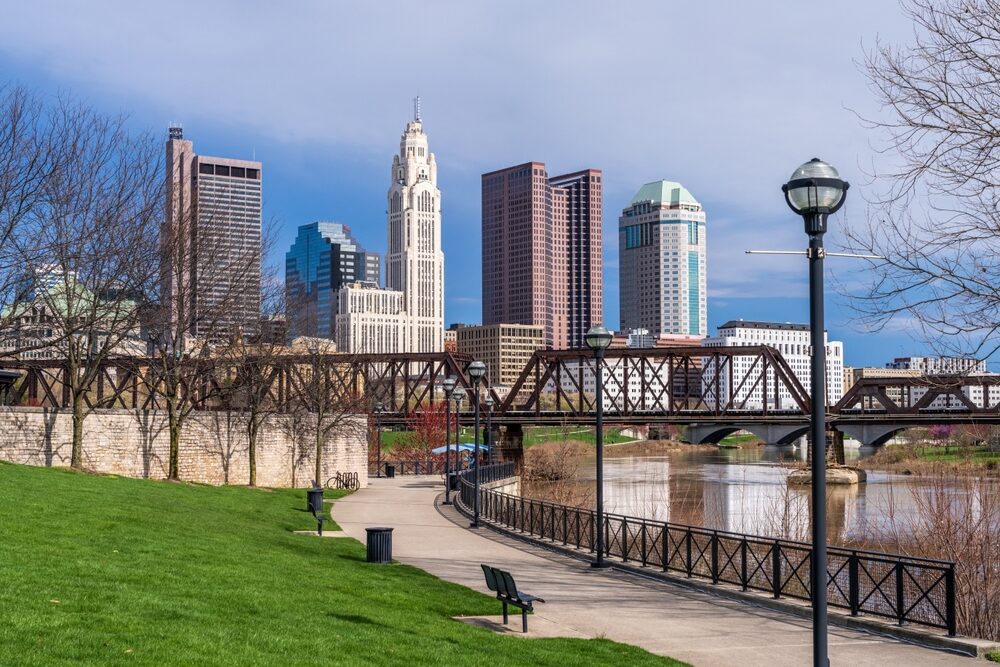
Ohio is a state that should be teeming with wildlife, given its mix of forests, rivers, and farmland. However, many of its most iconic species are struggling to survive. The hellbender salamander, North America’s largest salamander, is disappearing due to water pollution and habitat destruction. The Indiana bat, once a common resident of the state’s caves, is also in decline due to disease and human disturbances. Even common mammals like river otters, which were once wiped out and later reintroduced, are still not thriving in all parts of the state.
One of the biggest problems facing Ohio’s wildlife is industrial development. Factories, highways, and urban expansion have fragmented habitats, making it harder for animals to migrate or find food. Naturalists argue that while Ohio still has some beautiful wildlife areas, the state as a whole is becoming less hospitable to native species.
6. New Jersey – The Garden State Struggles to Keep Its Wildlife

New Jersey’s nickname, “The Garden State,” once reflected its lush natural landscapes, but today, much of that green space has been replaced by highways, shopping malls, and housing developments. The Pine Barrens, one of the state’s last wild areas, is still home to rare species like the Pine Barrens tree frog, but even that ecosystem is under threat. Urban sprawl has also made it difficult for large mammals like black bears to find safe spaces, leading to more human-wildlife conflicts.
Coastal species are also feeling the pressure. Red knots, a migratory shorebird that relies on New Jersey’s beaches to refuel during its long journey, are seeing their numbers plummet. Horseshoe crabs, which provide vital eggs for these birds, have been overharvested, further disrupting the ecosystem. Naturalists say that while some conservation efforts are underway, New Jersey remains one of the most challenging states for wildlife to survive in.
7. Massachusetts – The Struggle to Keep Coastal Wildlife Afloat
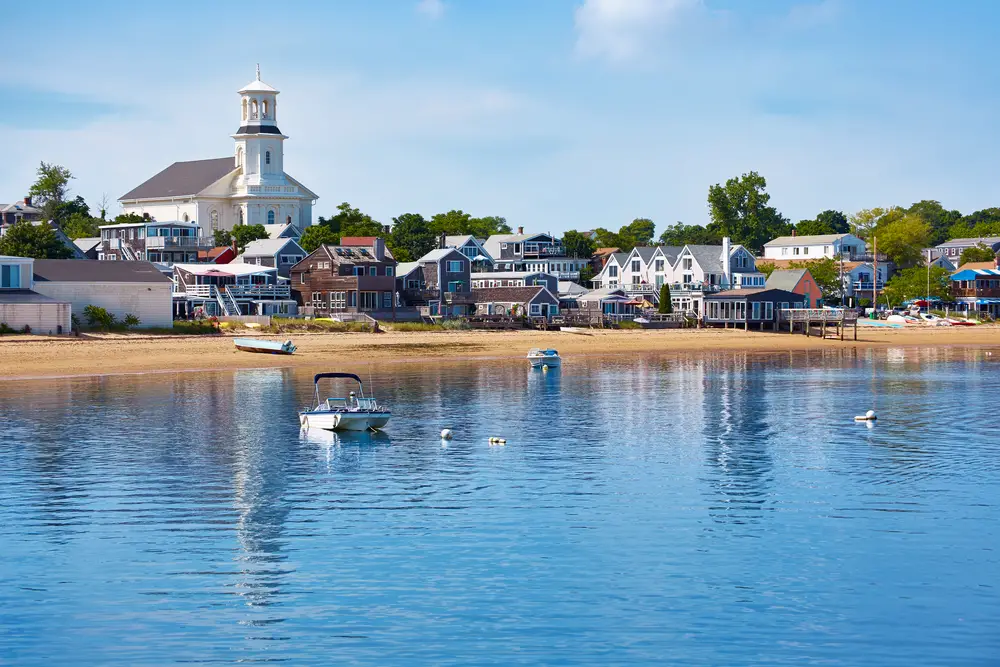
Massachusetts is home to some of the most iconic coastal and forested landscapes in New England, yet its wildlife is facing serious challenges. The state’s salt marshes and estuaries, which serve as vital nurseries for fish and bird species, are under threat from climate change and pollution. Rising sea levels and coastal development have made it harder for species like the piping plover to nest, while the decline of eelgrass beds has impacted fish populations. Even whales, which were once commonly spotted off the Massachusetts coast, are now at risk due to increasing boat traffic and entanglements in fishing gear.
Inland, the story isn’t much better. The once-thriving populations of moose and bobcats are struggling due to habitat loss, while amphibians like the Eastern spadefoot toad have seen their wetlands disappear. Massachusetts may still have some great spots for wildlife watching, but naturalists warn that many species are in rapid decline. Without more aggressive conservation efforts, the state could lose even more of its native biodiversity.
8. Indiana – A State with a Wildlife Crisis in the Making
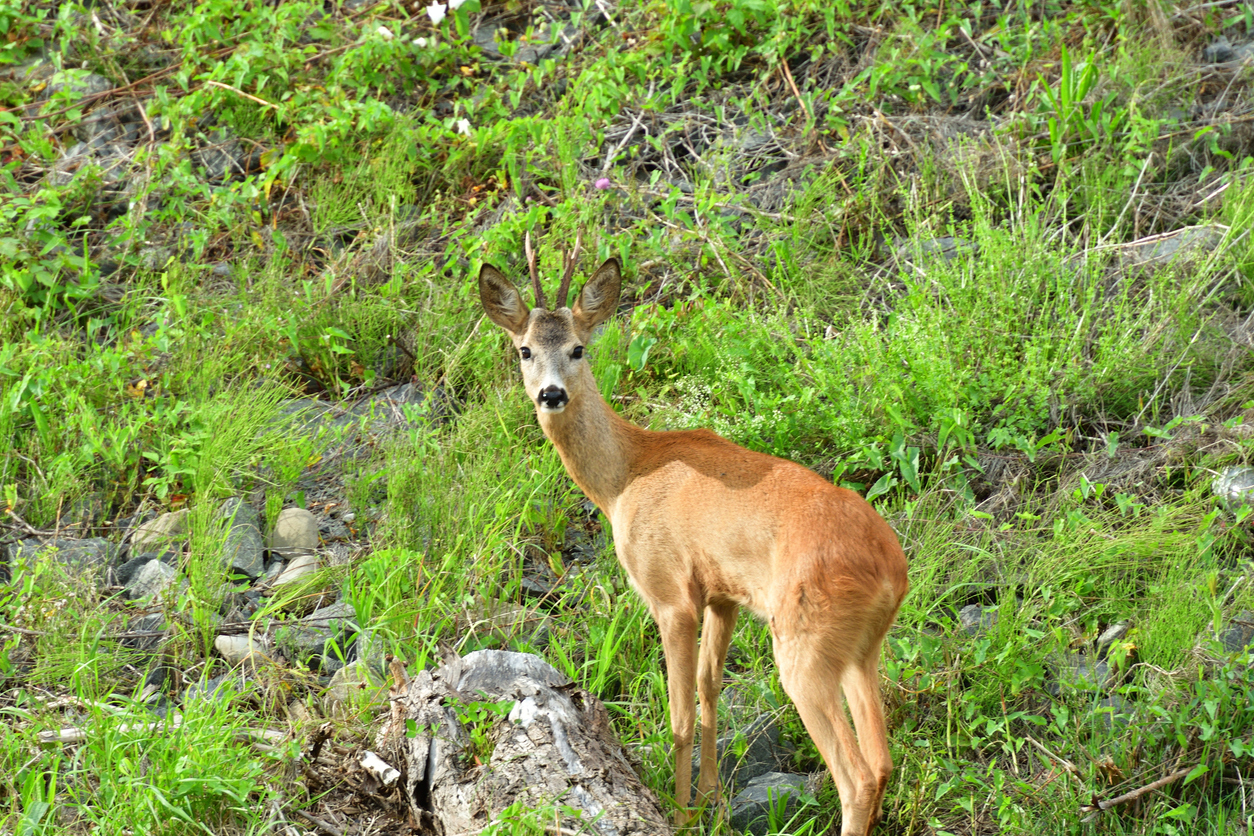
Indiana, with its rolling farmland and patches of hardwood forests, should be a haven for wildlife. However, urbanization and industrial agriculture have taken a massive toll. The state’s wetlands, once home to countless species of birds, amphibians, and fish, have been drained at alarming rates. As a result, species like the king rail and the lake sturgeon have become increasingly rare. Even common animals like wild turkeys and red foxes are seeing their numbers drop in certain areas.
One of the biggest challenges in Indiana is water pollution. The state’s rivers and lakes have suffered from industrial runoff, leading to declines in fish populations and affecting everything that depends on them. Naturalists say that while there are some conservation efforts underway, Indiana’s wildlife is still in danger. If land-use policies don’t change, the state could see many of its most iconic species disappear.
9. North Dakota – A Prairie State Losing Its Wildlife Identity

North Dakota was once covered in vast grasslands, home to an incredible variety of wildlife. But today, much of that land has been converted to agriculture, leaving little room for native species. The state’s prairies used to be filled with bison, prairie dogs, and burrowing owls, but now, those species are hard to find outside of protected areas. Even the pronghorn antelope, one of the fastest land animals in North America, has seen its migration routes cut off by roads and fences.
Waterfowl populations are also struggling. The state is part of the Prairie Pothole Region, one of the most important breeding grounds for ducks in North America. However, wetland drainage has reduced suitable nesting areas, putting many bird species at risk. While North Dakota still has some incredible wildlife refuges, experts warn that the overall trend is troubling. The state’s natural heritage is disappearing, and without intervention, it may never recover.
10. Delaware – A Small State with Big Conservation Issues

Delaware may be tiny, but its wildlife challenges are significant. The state’s marshes and coastal areas are rapidly disappearing due to rising sea levels, putting immense pressure on species like the diamondback terrapin and the saltmarsh sparrow. Industrial pollution has also affected the state’s rivers, leading to declines in fish populations and impacting the entire food chain. Even familiar backyard species, like the Eastern box turtle, are becoming harder to find.
Another issue plaguing Delaware’s wildlife is the loss of migratory bird habitat. The state lies along the Atlantic Flyway, a critical route for birds traveling between North and South America. However, habitat destruction has made it more difficult for these birds to find food and shelter. Naturalists say that while Delaware still has pockets of wildlife, the overall trend is one of decline. If conservation efforts don’t ramp up, the state could lose much of its remaining biodiversity.


